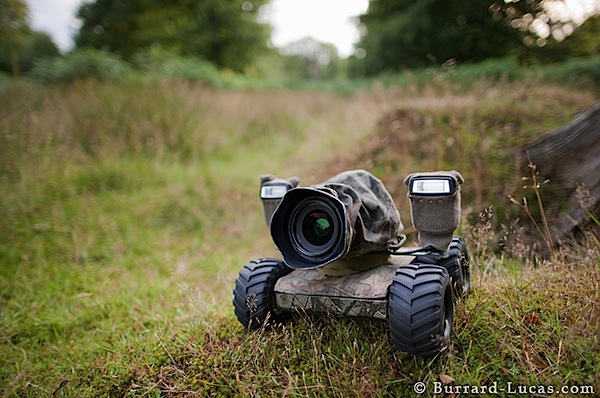Have you seen a shooting star? According to Fraser Cain, a shooting star is another name
for a meteoroid that burns up as it passes through the Earth’s atmosphere. Most
of the shooting stars are known as meteoroids. If they’re larger than a rock,
astronomers call them asteroids.
How
about an asteroid falling from the sky? Well, a shooting star is also an
asteroid, but the only difference is the shooting star or meteoroid already
burn up as it enters the Earth and it is smaller. With an asteroid, this must
be really big that may create an impact to the crust of the Earth just like in
the movie Deep Impact.
Relating
to photography, it is like an asteroid which created an impact to the society.
Based from the article I’ve read entitled The Impact of Photography
on Society, Dirk Huds mentioned six areas of the society where it had
greatly affected.
First
is about memory. According to Roland
Barthes, a theorist of photography, a photograph is the “sovereign contingency”
which means being dependent on something else happening. Photographers were
used to preserve an event which in the past, it was only stored in our memory.
Photography also records significant events in the history. It helps in saving real events happened in the past, for
example, the assassination of Benigno “Ninoy” Aquino and EDSA People Power
which freed us from dictatorship. Next is employment which gave jobs through the
introduction of new cameras and professionals in the fields of film, news
casting, editing, and photojournalism. Photography also became accessible
because nowadays, anyone could be a photographer with the new gadgets and
equipments used in taking photographs. With this, photography seemed to be the
most widely used art form. Speaking of art, photography was the reason why
artists now had to find new modes of operation and seismic shifts in art
production. It has already developed and improved much faster than arts. And
last, but not the least is science and
other related fields. Photography helps in researches and taking photographs of
the things which contribute to the advancement and innovations.



